Power Shift- Lessons From Massachusetts Public Transit
Air Date: Week of March 21, 2014
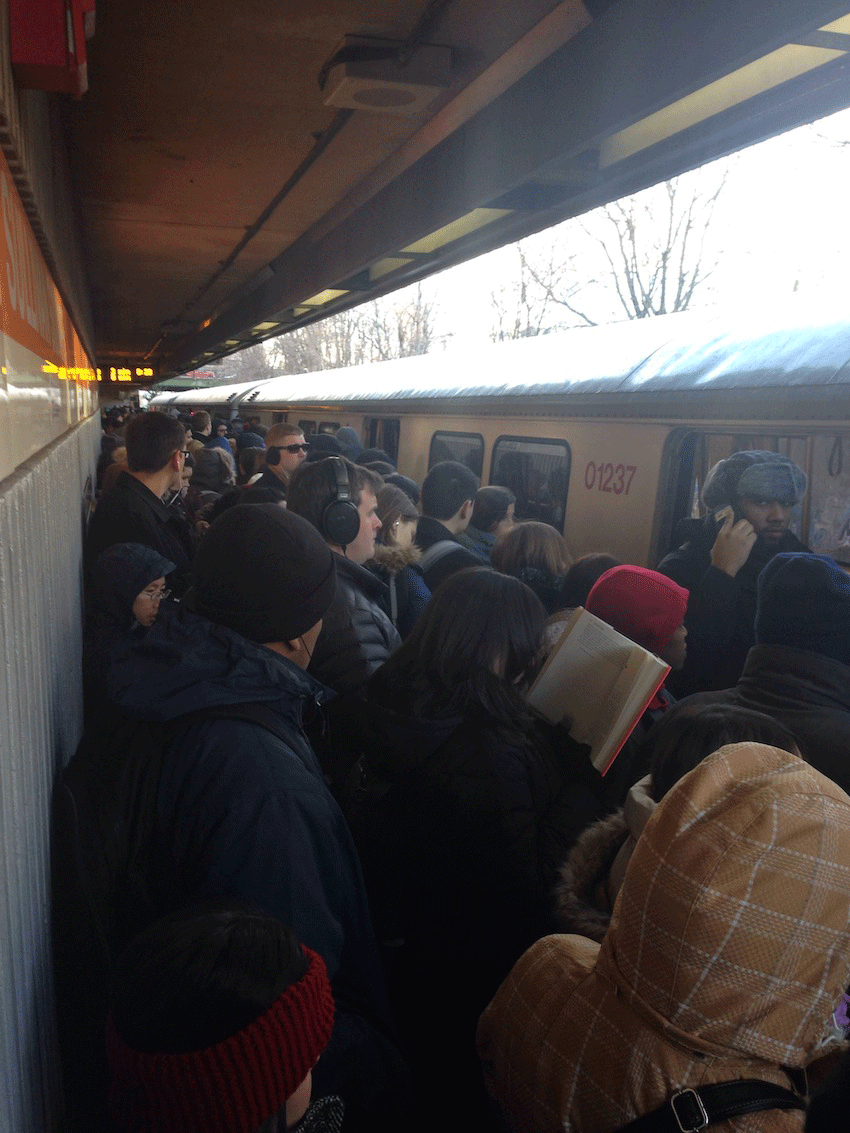
Boston’s Orange Line often runs over capacity at rush hour. (Photo: Steve Annear/Boston Magazine)
On St Patrick's Day, the smog in Paris was so bad that authorities made public transit free and banned half the cars from the roadway. Former Massachusetts Transportation Secretary Fred Salvucci tells host Steve Curwood public transit is a key way to limit congestion and reduce emissions from cars, though many cities with public transit including Boston aren’t keeping up with growing demand.
Transcript
CURWOOD: It's Living on Earth, I'm Steve Curwood. On March 17, Saint Patrick’s Day, the air in Paris got so bad that the government finally imposed a driving ban. Three days earlier, officials made public transportation free in an attempt to limit the smog, but as throats and eyes continued to burn, authorities finally banned cars with even numbered license plates from the road. The driving ban was lifted after just one day, but not before the Parisian authorities handed out some 4,000 tickets. Public transit advocate Fred Salvucci is a former Transportation Secretary for Massachusetts who now teaches at MIT. He says the measures Paris took may seem extreme, but they're lenient compared to some rules in Asia - take Singapore.
SALVUCCI: On Singapore, they start by having a very good public transportation system, and it’s a small place, so you can get most any place on public transportation. Secondly, there are very high tolls to use the roadway system. They vary by time of day, designed to not allow congestion to get out of hand. Thirdly, in order to own an automobile, you have to first purchase a certificate of entitlement, and that certificate costs as much as the automobile itself. So the attempt to control the number of automobiles to below the level that will cause congestion problems, that’s a level of intervention into human behavior that is unlikely to be acceptable in Europe, let alone the United States. But they are doing it because they’re dealing with very big problems.
CURWOOD: So, what’s going on here in the US in terms of public transportation policies to address particularly climate and congestion.
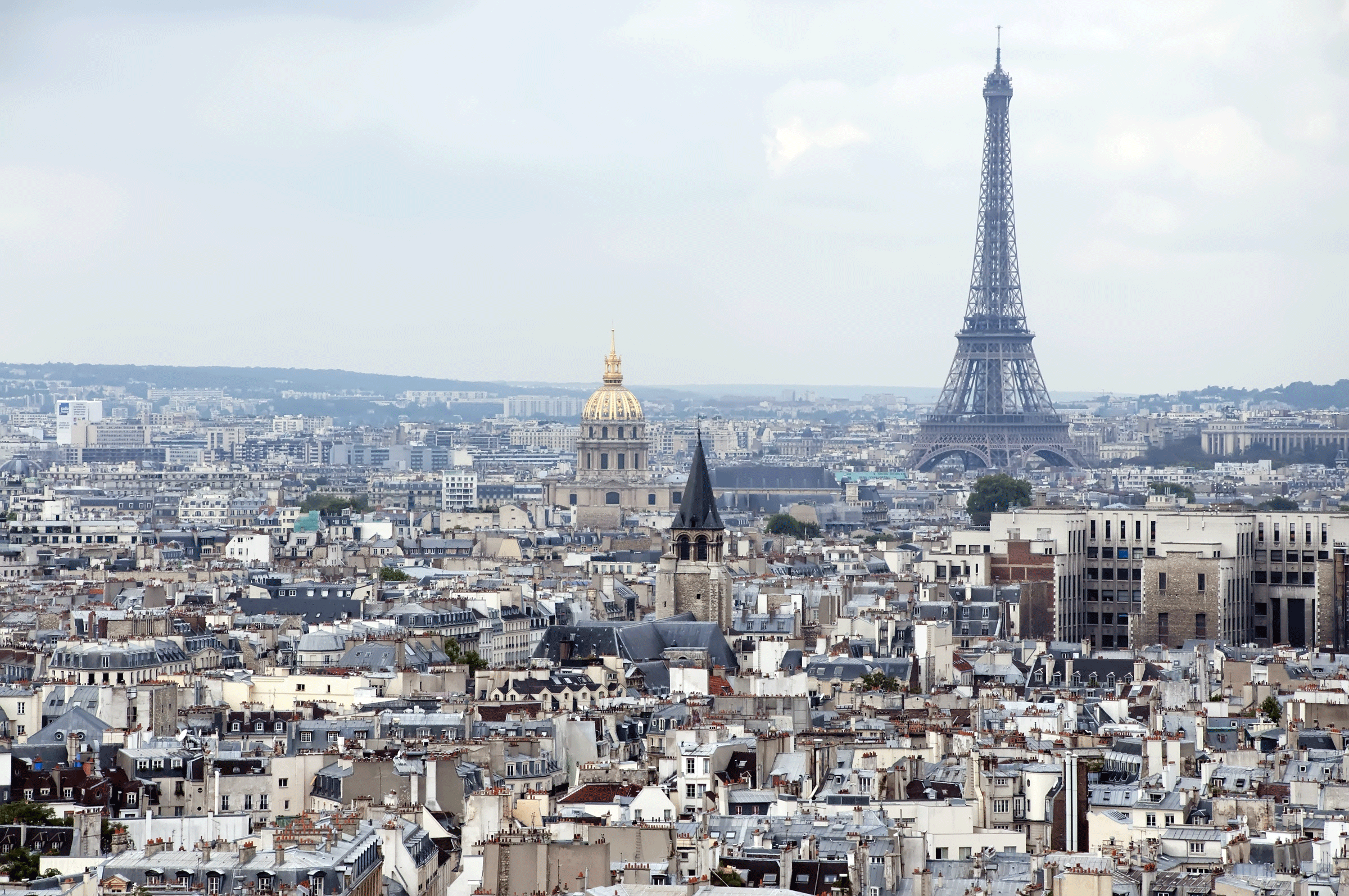
Paris skyline (photo: bigstockphoto.com)
SALVUCCI: Well, maybe the place you see it most dramatically is Los Angeles. They’re building a rail system today because they have had consistently the worst air quality in the United States for the past 50 years. And it was largely the consciousness of that air quality that led them first to clean up the car. The reason we have much cleaner cars than we used to is that California responded to the air quality crisis by adopting much stronger regulations, and simultaneously recognized that cleaning the car isn’t enough when you continue to have more and more cars - that you had to both clean the cars you had and provide people with a public transportation alternative. We’re seeing that happen now in Los Angeles. People don’t usually think of Los Angeles as the American leader in public transportation, but if you look at where change is occurring, Los Angeles is the leader. We’re resting on our laurels here in the east. Our grandparents built these systems. We haven’t done all that much ourselves, but they’re really moving in LA.
Now the problem with climate change is that it’s nowhere near as tangible as the particulates that clearly cause cancer, exacerbate asthma problems. The air quality’s so bad in a place like Beijing that it motivates political change to deal with it. The challenge for us, in much of the United States, is that we have the sense to recognize a less visible problem like climate change. I kind of hope that -- Paris is a city that people like. China seems like it’s far away and such a different reality - a dozen cities with ten million or more, it’s just like huge. Paris is something a lot of Americans have been to. They love the city, and maybe the fact that they’re moving as aggressively as they are will kind of wake some people up.
CURWOOD: Why are people, particularly in this country, so resistant to taking public transportation?
SALVUCCI: Well, first of all, public transportation usually doesn’t go where you need to go. We’re relatively lucky here in Boston. People like to complain about the T, but it really does go to a lot of places that have a lot of jobs and a lot of hospitals and a lot of entertainment venues, so it’s much better than the options people have in most cities in the United States. The land use system in the United States has largely been shaped by the automobile. Most houses are built in places that don’t have good public transportation, and most jobs are located in places that don’t have good public transportation so you start off with something like 80 percent of the public really not having options to use public transportation. In cities like Boston, we have choices, and I think we should be using those choices.

Fred Salvucci, lecturer at MIT in Transportation Policy (photo: Emmett FitzGerald)
CURWOOD: In a city like Boston, there’s a lot of demand for public transportation. But as we see in a city like Boston, the system is struggling so hard to respond. Why do you think that is?
SALVUCCI: Well, we’ve had a long continual crisis at the T. It’s been worse for the past ten years. Governor Patrick tried twice to significantly improve the funding, and on this last effort, he got enough money to take the T out of crisis. So for the first time in at least a decade, the MBTA has an operating budget that is not operating in the red.
CURWOOD: Why do you think there was such reluctance over the past decade to improve public transportation in a city like Boston which, as you say, has a fairly good public transportation system? At least the architecture is pretty good.
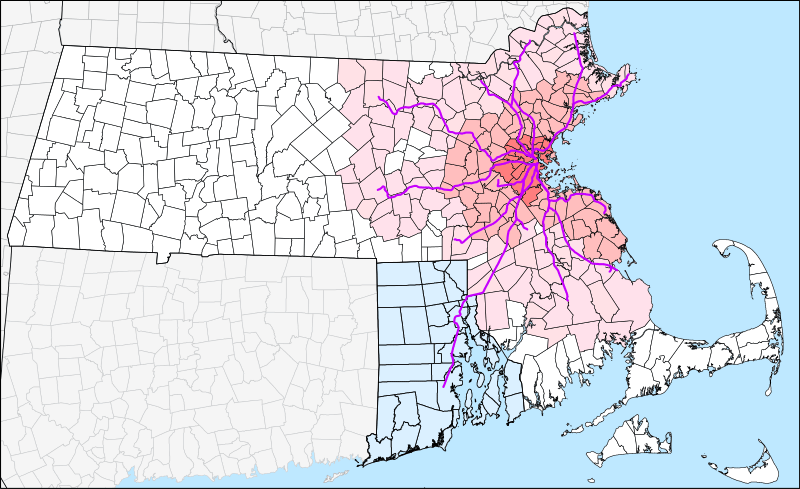
The Boston region’s MBTA is extending it’s overnight services, but Frank Salvucci says the transit authority could be doing more to meet the demand for public transportation. (photo: public domain)
SALVUCCI: I really can’t explain it. It made no sense to me at all. Among the conditions for the approval of the Big Dig were a series of agreements that bus service would continually improve, that we would expand the transit system. There was a commitment to replace the vehicles on the Orange line in 1995.
CURWOOD: And the Orange line is?
SALVUCCI: Well, the Orange line is probably the backbone of the system. It runs through the downtown. It serves a primarily minority community to the south of the city and serves a largely blue collar set of communities to the north of the city, extremely high ridership. It’s running full, and the equipment is on its last legs. It was supposed to be replaced in 1995. Last time I checked this is 2014, and the T is now in the process of ordering the equipment, so there was a legally binding agreement to buy new equipment, and they just didn’t do it. It’s really hard to explain the level of irresponsibility. I think one of the problems is, particularly with a rail system, it looks so solid, and in fact, it’s quite robust - that you can get away with not taking care of it for a long period of time before it starts to visibly tell you that it’s time to invest, a prudent person would invest way before it gets to that point, but through the ’90s, and we just didn’t see that kind of priority put on it.
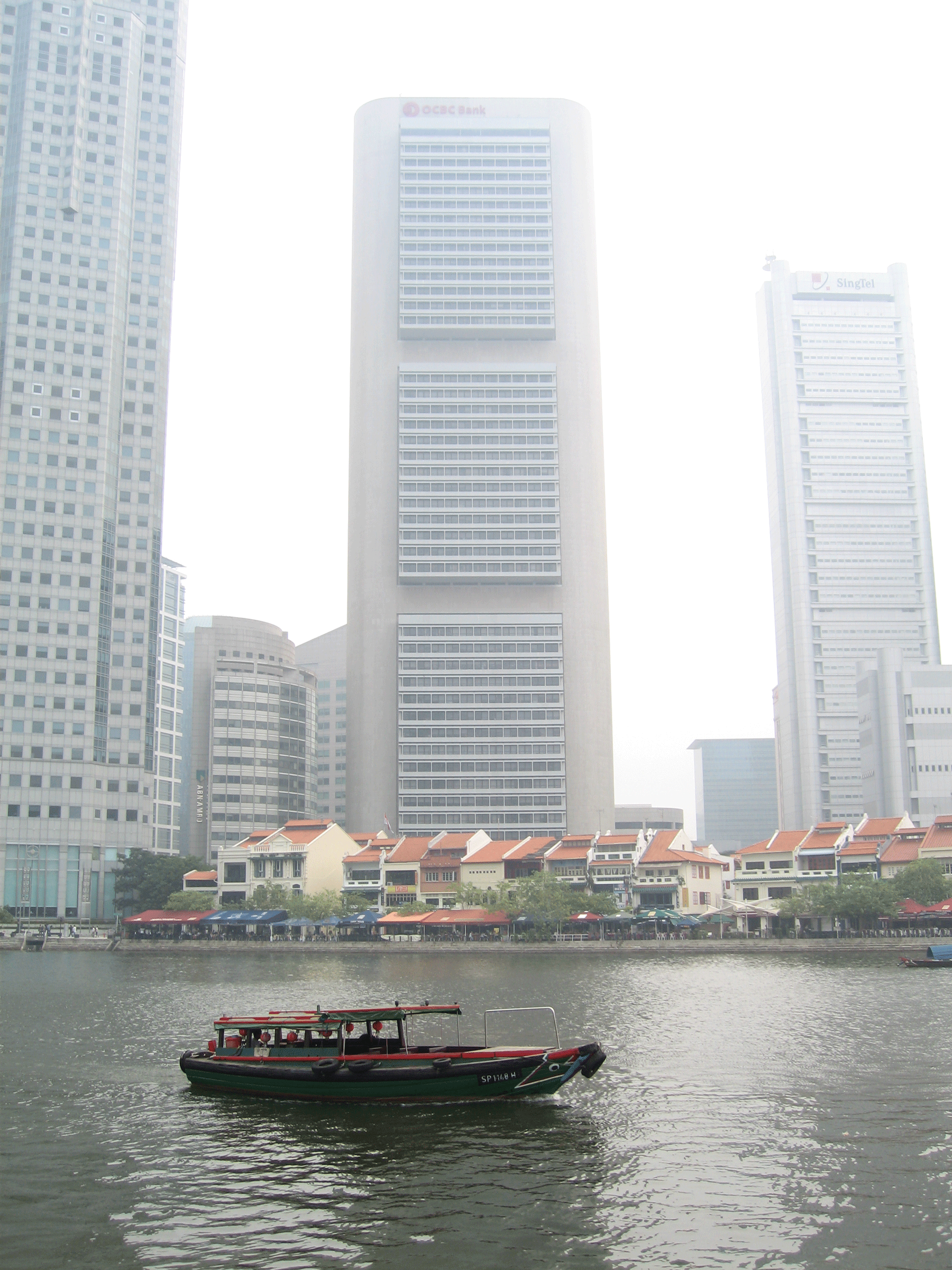
Singapore has some of the tightest traffic regulations in the world, all in an effort to limit urban air pollution (photo: bigstockphoto.com)
CURWOOD: Now, here in Boston, the MBTA recently announced that they’re going to extend their nighttime services and run until, something like three in the morning. What do you make of that?
SALVUCCI: Well, I think it’s good. I’m happy to see any recognition that improving public transportation is important for people. And there are a lot of...it’s not just kids going to bars. There are a lot of workers whose shifts begin or end when the MTBA does not currently offer service. So I think it is important to fill in that gap, on the other hand, given how bad the service is off-peak, there are lots of other things that the T needs to do as well. But any forward progress, I’m not going to knock. It’s a step in the right direction. We need a lot more steps in the right direction.
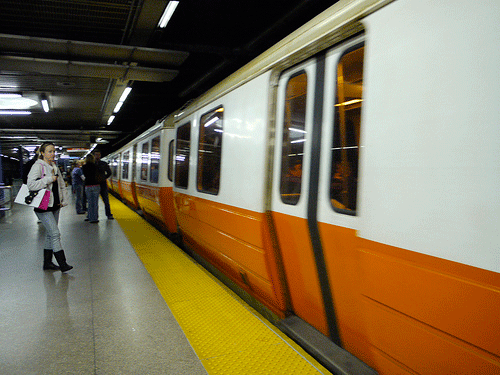
There’s increasing demand for urban public transit in the United States. Boston’s Orange Line often runs over capacity at rush hour.(photo: MBTA)
CURWOOD: Outline for me, what you, in your view as an engineer, someone who’s run a state transportation department, sees as what Boston could do better to improve its public transportation system.

Much of the transportation infrastructure in the United States was designed around the car. (photo: bigstockphoto.com)
SALVUCCI: Well, at this point, the most significant single thing would be to buy enough new equipment for the rail system, and modernize the signal system to significantly improve both frequency and capacity, so we’ve got the keys to the Boston metropolitan area economy relying on public transportation, particularly the Red line. And the best it can do is a four-and-a-half minute schedule. It’s operating at that. In London, a very similar line, the Victoria line, is running at two-minute frequencies, more than double the capacity and convenience that we’re offering on the Red line. And you really can’t accommodate a lot of new riders if you don’t get more capacity on the core of the system. That would be the single most important thing to do. Secondly, we’ve got to expand the bus system. The bus system is the foot soldier of public transportation. People don’t think it’s very glamorous, but most people use the bus to get to the train, and right now the buses are operating at or beyond their capacity. You often can’t get onto the bus because it’s too full. And the MBTA is running every piece of equipment it’s got during the peak. For starters, we can improve bus service in the off-peak right now with the existing equipment, so I think that’s a good place to begin.

Fred Salvucci with Steve Curwood (photo: Emmett FitzGerald)
CURWOOD: Fred Salvucci lectures at MIT on civil engineering and public transportation policy. Thanks so much for taking the time.
SALVUCCI: Thanks for having me.
Links
Living on Earth wants to hear from you!
Living on Earth
62 Calef Highway, Suite 212
Lee, NH 03861
Telephone: 617-287-4121
E-mail: comments@loe.org
Newsletter [Click here]
Donate to Living on Earth!
Living on Earth is an independent media program and relies entirely on contributions from listeners and institutions supporting public service. Please donate now to preserve an independent environmental voice.
NewsletterLiving on Earth offers a weekly delivery of the show's rundown to your mailbox. Sign up for our newsletter today!
 Sailors For The Sea: Be the change you want to sea.
Sailors For The Sea: Be the change you want to sea.
 The Grantham Foundation for the Protection of the Environment: Committed to protecting and improving the health of the global environment.
The Grantham Foundation for the Protection of the Environment: Committed to protecting and improving the health of the global environment.
 Contribute to Living on Earth and receive, as our gift to you, an archival print of one of Mark Seth Lender's extraordinary wildlife photographs. Follow the link to see Mark's current collection of photographs.
Contribute to Living on Earth and receive, as our gift to you, an archival print of one of Mark Seth Lender's extraordinary wildlife photographs. Follow the link to see Mark's current collection of photographs.
 Buy a signed copy of Mark Seth Lender's book Smeagull the Seagull & support Living on Earth
Buy a signed copy of Mark Seth Lender's book Smeagull the Seagull & support Living on Earth

